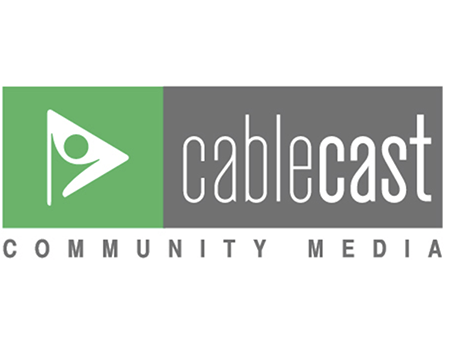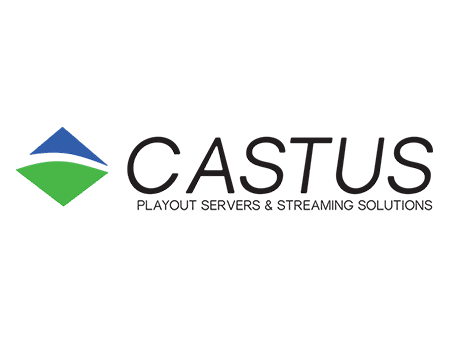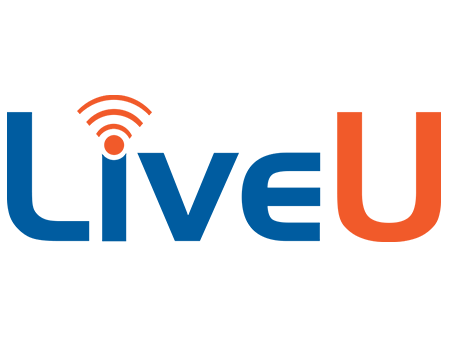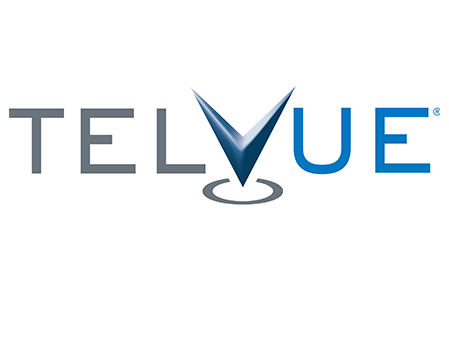“Only local media can really focus on local issues and events while remaining accountable to the local residents who use it.” - Larry Imm, Coordinator, Prescott Community Television
Nestled at the confluence of the St. Croix River and the Mississippi, the City of Prescott, population 4,300, is just over the border from Minnesota and not far from the Twin Cities. It has a long history of settlement by Europeans dating back to the 1830’s when a trading post was established here to take advantage of the strategic river location. Its historic significance and its ties to the rivers affect the city in unique ways.
In the 1990’s, when the City of Prescott passed Title 9 Chapter 3 empowering the city to enter into a franchise agreement with a cable provider, the ordinance included the requirement that a PEG (Public, Education, and Government) cable access channel be provided. Comcast, which serves the greater Twin Cities area, constructed the cable system here and Prescott Community Television Channel 18 was born. PCTV is still on channel 18 today.
The station is a department of the city and Larry Imm, Coordinator of PCTV, works part-time to manage the station as an employee of the city. PCTV prioritizes coverage of the Prescott City Council and the Prescott Planning Commission, but it also covers other meetings upon request. The council chambers has a few NewTek PTZ cameras mounted on walls and a large TOA mic preamp mixer, all of which feeds into a BlackMagic ATEM Extreme. “We've always been a strong G-station,” said Larry. “Until recently, we also had a comprehensive E-mission, and we do accept video submissions from the public.”
A void was created when the high school dropped its video production class that contributed to programming on channel 18. But PCTV covers a lot of high school sports with the help of teenagers, including girls and boys basketball (both JV and Varsity), football, volleyball, and baseball. Students are responsible for covering volleyball and basketball, and some work with adult volunteers on the junior varsity and varsity games that involve more complex production set-ups. Larry explained, “At our most complicated shoots, we will use Canon XA-65 cameras and a Behringer 4-channel mixing board, all connected to a BlackMagic ATEM Mini-Pro for switching, compositing and streaming. Our scoring software renders a green-screen background which is keyed into the current shot. A Hollyland transceiver allows us to get endline shots wirelessly. A couple of table-clamped 11" monitors allows our announcers and producer to see what's going on.” Students working on these complex productions learn a lot about the technical aspects of video production beyond framing, lighting, and basic audio.
While residents in Prescott have never really shown up at PCTV’s door and asked to be trained on production equipment to produce a program for the channel, they do submit notices about events for play between programs. And the station’s success is entirely dependent on the cadre of volunteers that enjoy doing video production and do almost all of the programming seen on its cable and YouTube channels. PCTV’s oversight commission, which consists of four members from the community and the mayor, meets at least once per year to handle financial matters, including passage of the annual budget and approval of larger purchases. Two of these commission members, Heather and Chris Hove, like to do production work and volunteer frequently. Other volunteers working for PCTV include Dallas Eggers, Tom Oss, and Fred Booth as well as the many teenagers “who are reliable and willing.”
Important community events like the Prescott Hall of Fame Induction, the Great River Road Dedication, and children’s choir concerts also get put on the production schedule. The station also likes to cover educational presentations on a wide range of topics. Many are sponsored jointly by the Prescott Public Library and the school district’s Community Education Office or by Freedom Park, the Great River Road Visitor and Learning Center. Over the last year or so PCTV has recorded presentations by historians, librarians, astronauts, and naturalists. By providing video coverage, PCTV has broadened the audience for local history lectures like “Logging on the St. Croix and Mississippi Rivers” and “Black History of Prescott, Hastings, Point Douglas, and Trimbelle;” gardening presentations like “Native Prairie Gardens and Plants” and “Growing Native Plants for Pollinators;” and current issues talks like “Modern Day Slavery and Exploitation in our Hometowns” and “Financial and Computer Security.”
It was Larry's wife Lisa that started their active involvement in community TV when Dallas Eggers approached them and asked her to cover school board meetings. She used to do a lot of videography and editing for the station and by 2016, he was joining her. In 2021 Larry took over from Barry Waters, handling the management duties besides managing his own business, PC Bonkers, a small business computer repair and consulting business. “I do something for the station every day. The hours vary widely. My focus is technical, so I find it fun to make all the equipment parts work together.”
When asked what kind of impact the station makes, Imm said, “Is the spread of information a tangible impact? Is lots of people deciding to come down to City Hall to make their views heard a tangible impact? When attendance at a council meeting jumps from three at a typical meeting to over 120, it feels very tangible!” Imm is referring to Prescott’s coverage of a city council meeting that ended up being shared and viewed widely on social media because it included an agenda item that was “apparently contentious.” When the council took up this issue again for a final vote, “the audience chairs were packed before the meeting even started.”
Many challenges face PEG television said Larry. “Statewide policy changes have not worked in our favor. A declining subscriber base means steadily declining revenues. It's hard to recruit more volunteers.” But he strongly believes in the mission of PEG access television. “Before the Internet and streaming services were widely available, the channel was our residents' only way to receive timely information from the city regarding local events or notices. I remember seeing my first "boil water" notice on a public access text-based slideshow before it was published in the newspaper. Today, only local PEG media can really focus on local issues and events while remaining accountable to the local residents who use it. Large, local affiliates, like KSTP or KARE, will scrape the surface to produce a 3-minute story with no depth or context. It's up to us to provide the long story.”

















